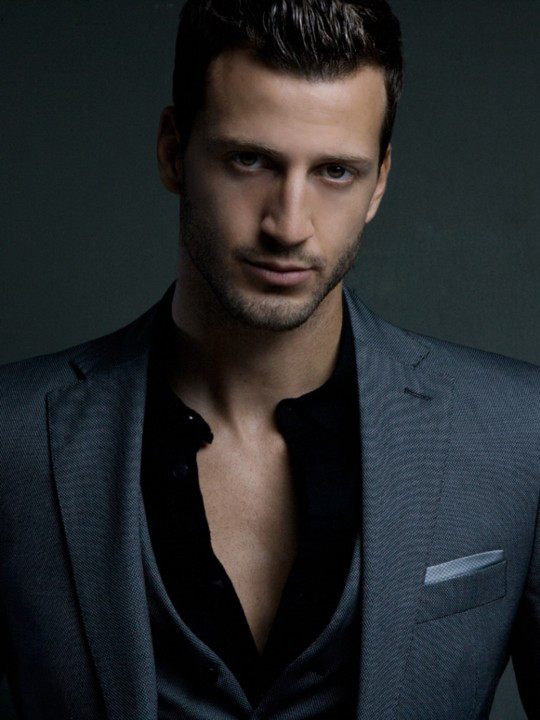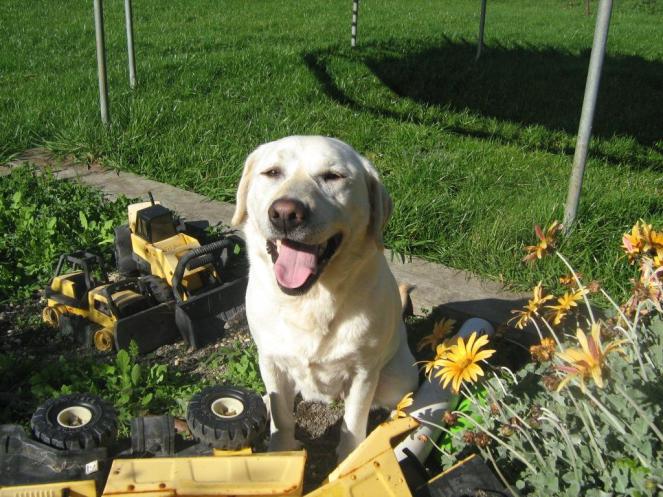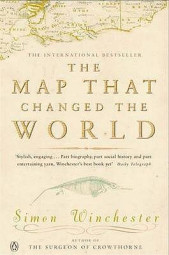Hammer, Slammer, & Slade is a television pilot spin-off of a movie (I’m Gonna Git You Sucka). It has the same writer as the movie–Keenan Ivory Wayans–and much of the movie’s cast. The three “leads” all return from the movie–Bernie Casey is Slade, Jim Brown is Slammer, and Isaac Hayes is Hammer. Slade, Slammer, & Hammer does sound terrible, but it’s the more accurate order as far as plot importance goes for the characters.
And then there’s Eriq La Salle. He’s playing the Wayans part from the movie, but a rookie cop for TV instead of the film’s war hero. Frankly, he’s in it too much. La Salle’s got two modes–passive and even more passive. He can’t figure out the part and director Schultz is no help. Hammer, Slammer, & Slade is often hilarious. But it’s never because of Schultz. His direction is an unmitigated disaster.
Harsh adjective, but there’s no reason this pilot shouldn’t have been magic. Except it’s not magic. And it’s not even Schultz’s fault; he’s just not the right guy to do this thing. Because this thing is a spoof of an eighties cop procedural, seventies blaxploitation pictures, with three–ahem, “older”– genre superstar leads, and an often deft script from Wayans. But Wayans’s jokes aren’t paced right for the forty-seven minute pilot–right, Hammer, Slammer, & Slade is a pilot for an hour-long action comedy show. Back when it was shopped around in 1990–spoiler–it didn’t sell. Because it wasn’t time yet.
It also doesn’t help the film stock–that standard eighties drama film stock–used on the pilot doesn’t fit the content at all. Especially not with Schultz’s bad composition of set pieces. He’s never good, but he gets noticeably worse on the set pieces. Because he can’t direct the comedy.
The first act is La Salle’s cop mentor (also blaxploitation star Ron O’Neal) getting framed and La Salle going to Casey for help. It’s a great time for the character focus to pass off because La Salle’s too tedious. The show’s called Hammer, Slammer, & Slade, not the The Guy From the Movie Didn’t Come Back. It’s about Casey, Brown, and Hayes.
The getting the band back together takes way too long. It eventually pays off. But it takes too long.
Another timing issue is how long the talking scenes go on. Sure, all the actors get some cool posturing, but then it just keeps going. So either Wayans wrote terrible scene transitions or someone told the actors to just ad lib and hope for a quotable gem. During the second act, it gets annoying. The pilot has these illustrated transitions for commercial breaks–which are awesome–but when a scene is bad, you just sit and hope for it to go to illustration instead of it not stopping. It’s the same series of boring shots from Schultz and bad cuts from Stan Allen.
The editing is real bad, partially because Schultz clearly can’t get consistent deliveries from the actors. Just in conversation.
So it’s kind of rough going for a while. The soft misogyny jokes (from the good guys) don’t help–and it’s one of La Salle’s few scenes after the first act, so it makes him even more grating. And the way Wayans frames Hayes initially as a punchline for being hen-pecked (a fantastic Ja’net DuBois in a poorly written part) is tiresome.
There’s been at least one good laugh, but some failed ones too.
Then the team comes together in action scenes and there’s actual energy. Casey, Brown, and Hayes are all willing to do more work than the script or direction requires. They’ve been getting nerf balls or worse–Schultz has no idea how to direct Brown or Brown’s lines–but then the requirements of the medium take over and the pilot has to throw fastballs or whatever. And the actors are ready.
Even La Salle. He breaks character for a couple lines when he actually seems like he’s acting. Sure, he seems like he’s an angry Peter Benton but it’s something.
Poor Steve James does the most work in the unfortunately written part of Black man obsessed with karate. He never gets good material, though the script does at least recognize he’s the only one in shape. The out of shape, aging jokes are good. Not even Schultz can mess up the direction enough in those scenes. The actors seem cautious about it at first, then commit as things go on.
Hammer, Slammer, & Slade ought to be awesome. It’s not. It still should’ve been a series. With a lower budget–being shot on video and looking like a sitcom would’ve helped–and anyone else directing.
Still, as is, the cool factor outweighs the significant problems.
 Recommended
Recommended
CREDITS
Directed by Mark Schultz; written by Keenen Ivory Wayans; director of photography, Charles Mills; edited by Stan Allen; music by Stanley Clarke; production designer, Maxine Shepard; produced by Tony Bishop; aired by the American Broadcasting Company.
Starring Bernie Casey (John Slade), Eriq La Salle (Jack Spade), Jim Brown (Slammer), Isaac Hayes (Hammer), Steve James (Kung Fu Joe), Ron Dean (Sgt. Hill), Mark Rolston (Little Mr. Big), Martin Lawrence (Willie), Bentley Kyle Evans (Lenny), Ja’net DuBois (Joanne Wilson), Almayvonne (Coreatha), and Ron O’Neal (Ray Samuels).
RELATED
- OTHER 1990 RELEASES
- More





